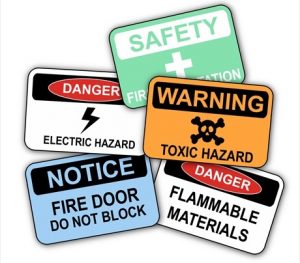Manufacturing Job Safety
 Accidents in the workplace happen. The Bureau of Labor Statistics reported 1,122,960 non-fatal workplace accidents happened in the manufacturing sector in 2016. OSHA says 4,500 workers per year die on the job.
Accidents in the workplace happen. The Bureau of Labor Statistics reported 1,122,960 non-fatal workplace accidents happened in the manufacturing sector in 2016. OSHA says 4,500 workers per year die on the job.
314,530 of these injured workrs were out-of-commission for more than a month (I.E. took more than 31 days to recover). With such a significant manufacturing skills gap, we need as many workers on deck as possible. Over 310k people off the job is a scary number.
Shop Floor Automations spoke to Phil Mendelowitz – a workplace safety, compliance, and leadership advisor with over 25 years of manufacturing, warehousing, and distribution experience.
Phil is part of WarehouseFlow Advisors and runs a popular safety blog called WitzShared. He shared insight on keeping safe in a manufacturing environment. Check out the rest of this story!

“Horseplay was common in the warehouse/loading dock during the day shift under the old manager. One day an employee lost part of his foot during that horseplay,’ Phil recalled.
“The old manager was terminated [so] I came in and began evaluating the warehouse for other hazards and holding regular safety meetings. Something I continued to do with each new challenge and level of responsibility.”
“If a worker needs to clear a jam on a packaging machine, they should use Lock Out Tag Out so they can then safely clear the jam,” Phil said about workers taking shortcuts. “Yes, there will be downtime, but only for the short time,” Phil says workers who try to clear jams in these machines while they are still in operation is a gamble.
“Sometimes you win and sometimes you wind up losing a finger or two, along with [getting] lots of stitches,” Phil said. “Plus, the production will be down longer since the blood from the injuries needs to be properly cleaned.”
Bottomline? Phil says “Stick to the procedures, it makes life so much easier.”
If you want to connect with Phil on social media for more insight on workplace safety, you can reach him on Twitter. For more information on how to safely automate your shop floor for better productivity, fill out a contact form or call (877) 611-5825.

